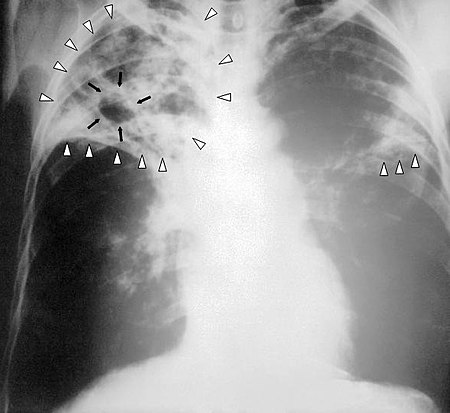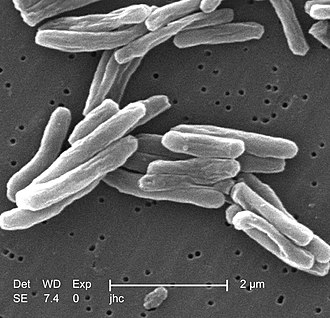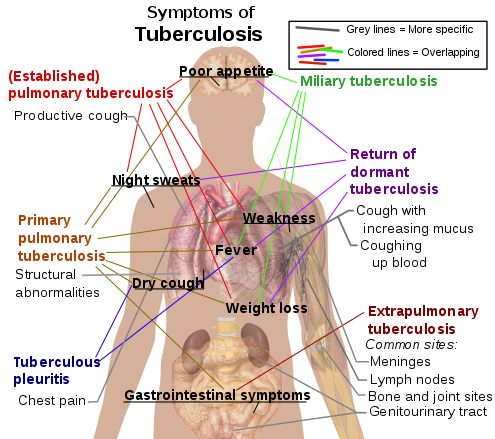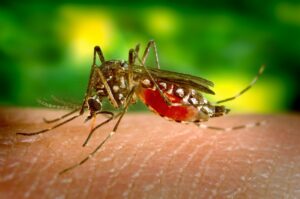A Revolutionary Vaccine for Tuberculosis is under Clinical Research and Development

Neucrad Health News Desk November 20, 2019
Tuberculosis (TB)- one of the most dreadful diseases in the world is a leading cause of death in many countries including India. In 2018, an estimated 10 million people fell prey to this lethal disease. Out of them, an estimated 1.5 million patients could not survive its onslaught. Approximately 251000 of these victims were also HIV infected. Children, as well as adults, can get infected with TB bacterium. In 2018, around 1.1 million children got detected with TB strains, out of these patients, an estimated 251000 kids succumbed to this disease. Physicians and scientists all across the globe are putting in continuous efforts for developing an effective vaccine which will be more potent in preventing the disease than the already prevalent BCG jab.
According to the latest report, a team of scientists headed by David Lewinsohn, a TB expert, has developed a revolutionary vaccine which will provide long-term protection against the disease.
David Lewinsohn and his teammates have developed a new vaccine for tuberculosis which has already passed the initial trials. They extracted it from the protein from the TB bacterium, and it will trigger an immune response within the body after receiving the vaccine shot. Scientists are terming this injection as a real game-changer in Medical Science as it will also be effective in patients who are already inoculated with Mycobacterium tuberculosis infection.
What is the current status of the new revolutionary TB vaccine?
Scientists have already run clinical trials of this vaccine on more than 3500 adults in endemic regions of South Africa, Kenya and Zambia. They have tested it on mice, guinea pigs, and non-human primates. David Lewinsohn and his team have presented the functioning of this vaccine at a global summit on Lung Health held in Hyderabad recently. If things go on according to the plan, the vaccine may hit the market by 2028. Currently, tests are going on to determine the safety and efficiency of the vaccine in a larger group of populations. After verifying the data collected through large-scale clinical trials, the vaccine may be available in market if it secures approval from regulatory agencies (e.g US, EU). The research team is hopeful that it may reach the population by 2028. The renowned pharmaceutical company, GlaxoSmithKline (GSK) is working on this TB vaccine for the last twenty years.
What is Tuberculosis (TB)?

Tuberculosis (TB) is an infectious disease affecting the lungs of human beings. Mycobacterium tuberculosis is the causal agent of TB. It spreads from the infected person to healthy ones through cough, sneeze, or spit. There are two forms of this disease- latent and active. In the latent form, the pathogen remains in an inactive state within the system. It is not contagious and does not produce any symptoms. However, it can transform into an active form in future. In active TB, the bacterium is contagious, present in the active state, and produce symptoms. Countries like India (27%), China (9%), Indonesia (8%), and Pakistan (6%) show a higher incidence of this disease. However, the infection is entirely curable on timely treatment and intake of correct medicines.
What are the symptoms of TB?

During the active form of TB, it produces cough, fever, night sweats, fatigue, and chill. The cough lasts for more than three weeks and often throw out blood along with it. However, TB can also spread to other organs of the body bones, brain, liver, kidneys, and heart and produce different types of symptoms. It causes spinal pain and joint destruction in bones, meningitis in the brain, blood in urine when affecting kidneys, and cardiac tamponade when present in the heart.
If things go on as planned then within a few years tuberculosis may be a disease of the past. Let’s hope for the best.
Image credit: CC Wikimedia









